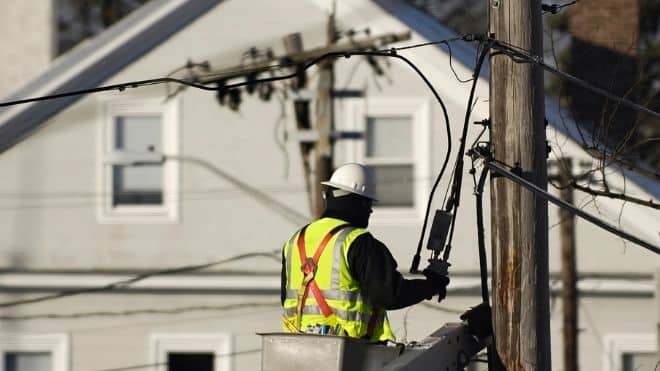A new analysis from the Climate and Community Institute and Public Grids argues that New York’s electricity system has failed to deliver affordability or equity despite years of reform. The 51-page report, Overcharged: The Rules of the Electricity Affordability Crisis, released in October 2025, highlights New York as a case study in how regulatory design, utility profit structures, and state-level policy choices have worsened energy burdens for low- and middle-income residents.
Affordability gap widens
The report finds that the poorest households in New York now spend more than 34 percent of their income on energy, while the wealthiest residents collectively hold nearly $7 trillion in assets. That imbalance, the authors say, is the result of state energy policy that “deliberately avoided affordability” by focusing on new market mechanisms rather than household cost relief. Over the past decade, investor-owned utilities in New York have raised fixed charges, pursued higher rates of return, and lobbied for revenue guarantees that lock in profits regardless of how much electricity customers use.
Researchers Isaac Sevier and Roshan Krishnan note that New York’s system mirrors the national model where private utilities operate under cost-of-service rules that prioritize shareholder returns. Those rules, they argue, create a built-in conflict between affordability and profit. While the state’s clean energy transition has expanded renewable generation and grid modernization projects, it has not delivered cost stability for ordinary ratepayers.
Mounting pressure from data centers and rate hikes
The study points to rising electricity demand from data centers as a growing threat to ratepayers. Utilities across the state have sought approval for record revenue increases, with nearly half of those costs passed directly to residential customers. The report warns that, without intervention, “billions in new grid spending to serve private industry” could fall on consumers already struggling to pay.
At the same time, state and federal support systems are weakening. Cuts to the Low Income Home Energy Assistance Program (LIHEAP) have left hundreds of thousands of households more exposed to seasonal spikes in utility bills. Pandemic-era shutoff moratoriums were rescinded, and utilities have since issued millions of service disconnections nationwide — including in New York — despite widespread financial hardship.
Rethinking ownership and oversight
The authors call on New York policymakers to move beyond market-based reforms and consider new ownership and regulatory models. They recommend exploring public or cooperative power structures that reinvest revenues locally, strengthen grid reliability, and lower costs by removing the shareholder profit motive.
According to the report, New York’s experience over the last decade underscores a national truth: “The regulation and ownership of the utility system as it is designed today cannot effectively provide an affordable or reliable public service while maximizing private-sector returns.” Without structural reform, they warn, the state’s poorest households will continue paying the highest price for essential energy.
Get the latest headlines delivered to your inbox each morning. Sign up for our Morning Edition to start your day. FL1 on the Go! Download the free FingerLakes1.com App for iOS (iPhone, iPad).
FingerLakes1.com is the region’s leading all-digital news publication. The company was founded in 1998 and has been keeping residents informed for more than two decades. Have a lead? Send it to [email protected].



